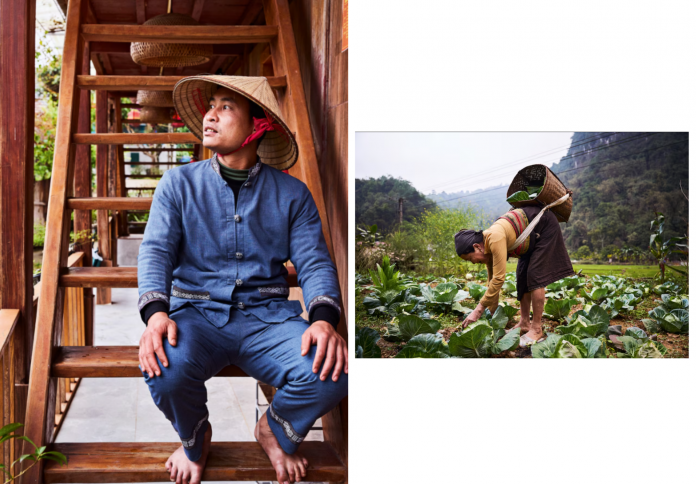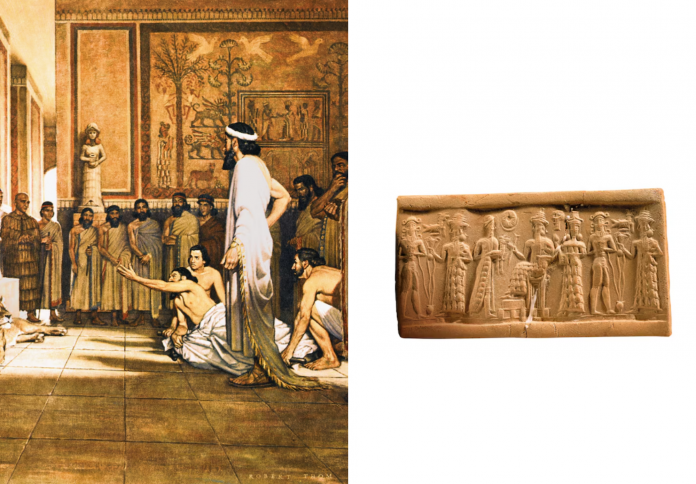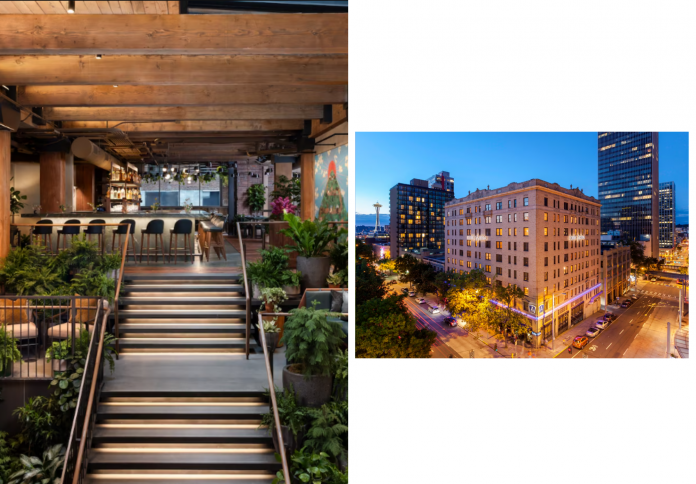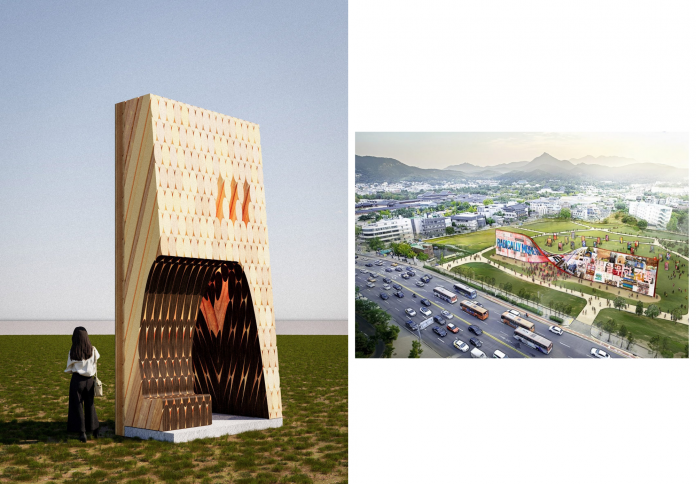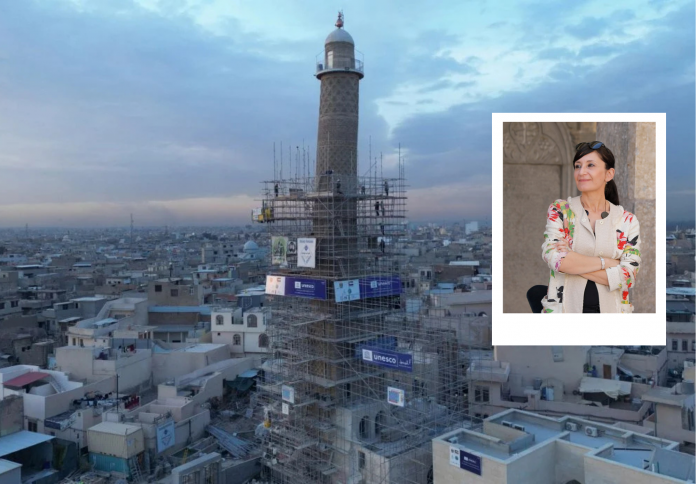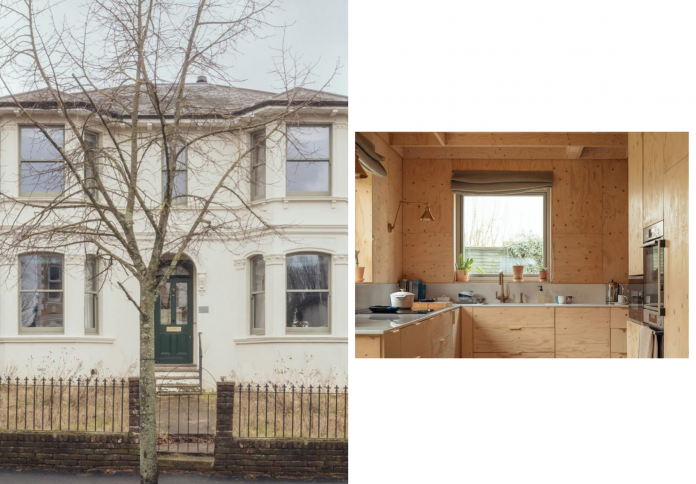Nestled just over two hours from Hanoi, Mai Châu offers a serene contrast to the rugged terrain and crowds of Sapa. Tucked into emerald valleys and misty hills, this gentle landscape is shaped by White Thai and Mường culture, traditional stilt‑house villages, and terraced rice paddies that ripple across low elevations. Here, slow adventures unfold—cycling between hamlets, cooking with host families, or basking in quiet rural moments—presenting travel rooted in authenticity rather than ascent.
A landscape of cultivated beauty and cultural rhythm
Mai Châu unfolds across fertile valleys buffered by forested hills. Its elevation offers year‑round temperate weather—far milder than Sapa’s highland chill. White Thai and Mường communities cultivate rice paddies, fruit orchards, and bamboo groves in gently terraced plots framed by forest. Rather than steep ascents or cable‑car access, vaiant terrain encourages relaxed walking or cycling along dirt tracks and country lanes. Small villages like Pu Bin remain largely unaffected by mass tourism; homestays are built and guided by locals, not large operators.

Cultural continuity is woven into daily life here. Families still raise livestock and harvest crops by hand. Stilt‑house architecture rises above fields and seasonal flooding, offering shaded communal areas beneath open timber floors. Inside these homes, guests are offered warm rice wine, stories, and meals prepared with local produce like sticky rice, cassava, or vegetable stir-fry. The overall experience is participatory and cyclical, shaped by seasons and solar rhythms rather than fixed itineraries.
Experiences that deepen connection over challenge

Rather than mountain treks, Mai Châu delivers slow, immersive moments. Visitors can hike a loop to Pu Bin hamlet—a three‑hour walk through rice terraces, bamboo forest edges, and riverside trails that cross community farms. At stops along the way, local hosts serve tea, bamboo sticky rice, or fruit from garden plots.
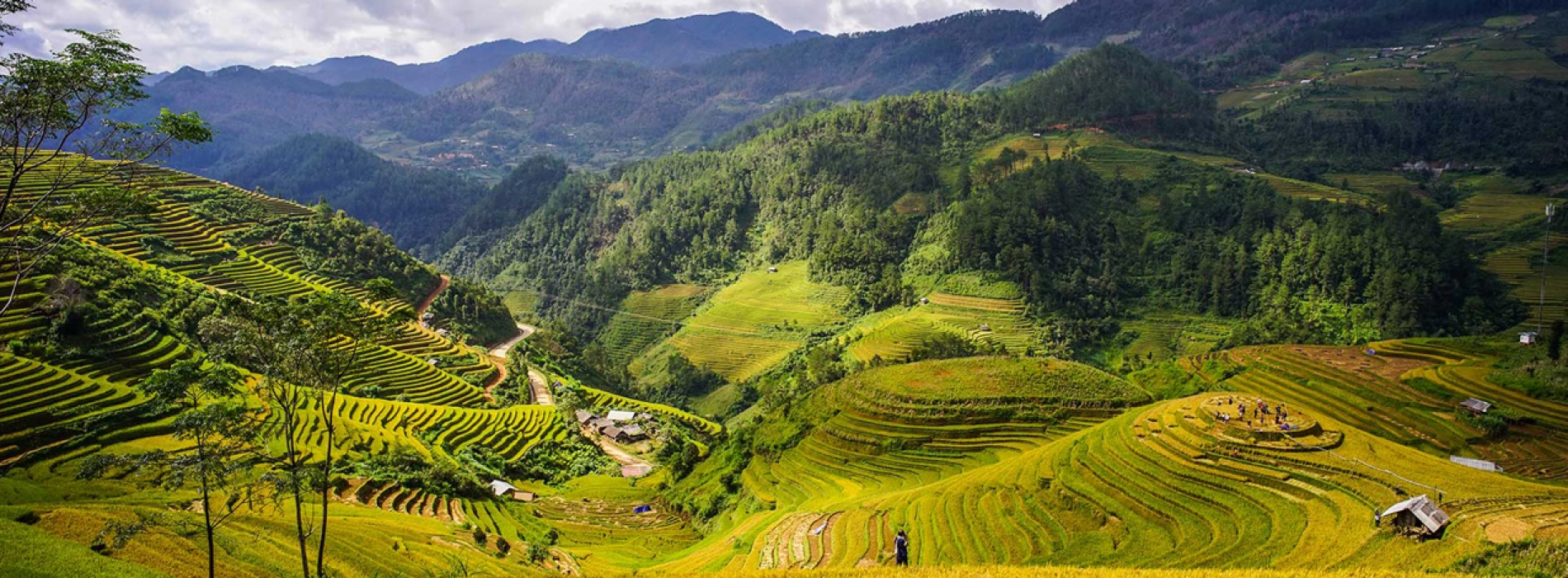
Cycling offers another gentle mode of exploration. Bikes lead through patchwork fields, weaving past craft villages known for hand‑woven textiles and bamboo baskets. Side roads lead to hiking trails that connect hillside lookout points, waterfalls, and small rivers—all approachable routes without technical gear or elevation gain.
For culinary interaction, guests participate in cooking workshops. Morning visits to local markets introduce seasonal vegetables and craft spices, while afternoon sessions focus on rice prep or local noodle dishes. These activities emphasize learning through doing—the kind of memory that remains long after travel ends.
Community-led hospitality that frames respectful exchange

Mai Châu’s homestay model is intentionally low-capacity and locally administered. Families in each hamlet host small numbers of guests in traditional elevated homes, retaining year-round occupation and local stewardship. Hosts are often multi-generational, passing knowledge in language, weaving, and rice planting to visitors and youth.
Hospitality is rooted in simplicity and openness. Shared dinners under covered wooden porches—dishes communal rather than plated—embody cultural generosity. Hosts share not only goods but cultural context—introducing Thai music, folk ceremonies, and seasonal festivals. Guiding is often conducted by locals trained by cooperative programmes, emphasizing heritage preservation rather than touristic performance. In effect, staying in Mai Châu becomes an exchange rather than consumption.
Why Mai Châu transcends being just an alternative
While Sapa’s appeal lies in elevation and panoramic vistas, Mai Châu’s allure emerges from communion—with land, community, and modest pace. It’s not competing with trails or temples, but complementing them with a landscape built for integration. The valley avoids altitude sickness, dense tour groups, or commodified architecture. Instead it offers harvest seasons, misted mornings over fields, and simple porridge served before sunrise.
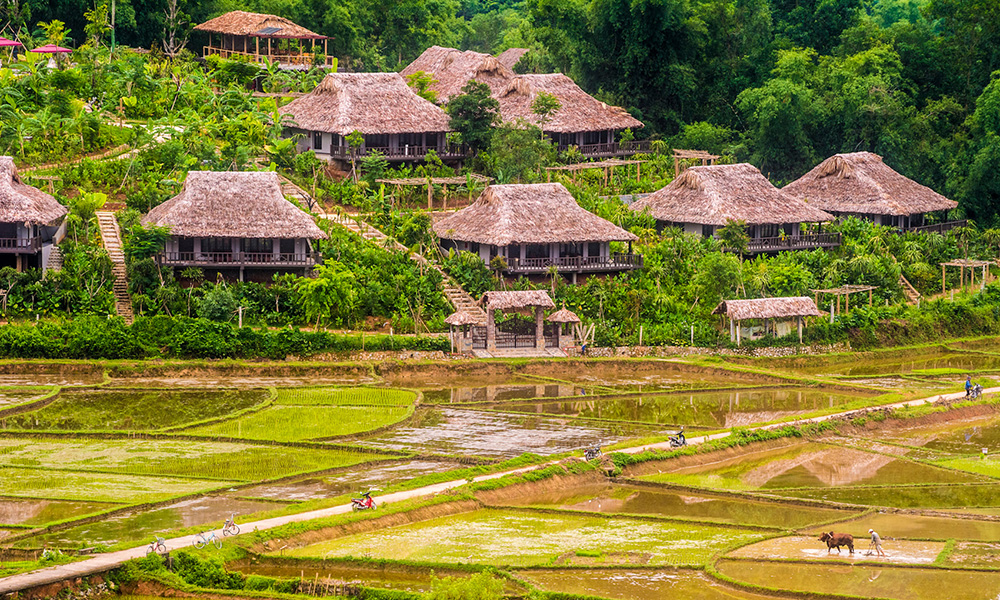
Mai Châu cultivates an ethos of responsible tourism: minimal infrastructure, homegrown hospitality, local economy redistribution, and minimal disruption of natural systems. Its valley floor climate allows outdoor participation across seasons, with clearer skies in spring and autumn than the often-cloudy highlands.
Ultimately, Mai Châu shifts the narrative of travel: from conquest of terrain to cultivation of relationship; from visual spectacle to lived rhythms; from ephemeral peaks to enduring valleys. It’s not just a quieter alternative to Sapa—it’s a model of travel reimagined.
